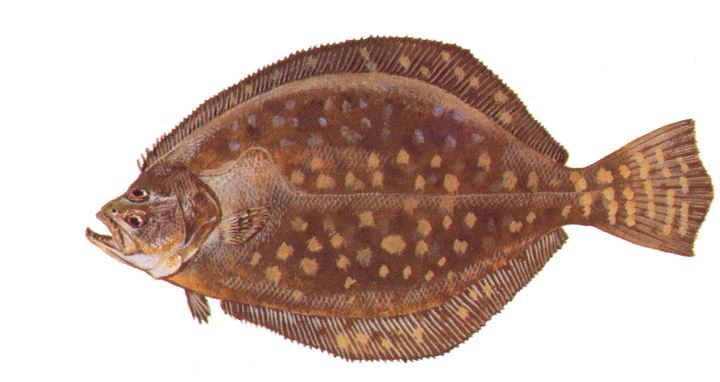Breakdown of Southern Flounder Management in North Carolina

The Southern Flounder is a crucial North Carolina fish stock, which unfortunately for all sectors, has been mismanaged for almost three decades. According to the “North Carolina Marine Commercial Finfish and Shellfish Harvest” report, there has been a major decline in pounds harvested since the 1990s. A fishery that once brought in over four million pounds is now constrained to less than half a million pounds. Their population is continuing to deplete as fishing has removed older age-groups with recruitment shrinking. Data indicates overfishing of this stock as far back as 1989, underscoring that negligible actions taken by the state have fallen short of rebuilding.
Management
The N. C. Fisheries Reform Act of 1997 (FRA) requires the administration of fishery management plans (FMPs) that will sustainably regulate fish stocks. Under the FRA, the Southern Flounder were supposed to have seen an end to overfishing after two years and a sustainable harvest within ten years. Arguably, neither of these deadlines have been met, in part due to the lack of consequences or enforced regulations. Read more…
This lack of accountability can also be seen with the species’ allowable quota. In 2019, the commercial quota was exceeded by nearly three hundred thousand pounds with no payback the following year. This has further pushed the goal of reaching sustainable harvest creating inaccurate estimates of the total allowable quota for subsequent years. The FRA was created to combat severe population declines of important species, but since its creation, commercial harvest of Southern Flounder has dropped to 20% of what it was in 1997.
Inadequate Actions
The original FMP, amendment one and amendment two have failed to end overfishing and rebuild southern flounder to sustainable harvest. Sixteen years later, amendment three has been delayed due to the lack of agreement on proper action. This delay in action is concerning as we wait to hear what the Division of Marine Fisheries (DMF) plans for this coming, 2021 fishing season.
Recommendations
To date, we believe DMF has failed to take the species life history, gear impacts, and bycatch and discard rates into account, particularly in developing quotas. North Carolina Wildlife Federation recommends the following suite of options to offset previous harvest overages by both sectors and make measurable progress towards sustainable harvest:
1. Reduce the total allowable landings to account for significant overages in 2019 and 2020.
- Previous overharvest and a failure to account for all bycatch and unreported catches require recalculation of the quotas necessary to achieve the statutory rebuilding deadline of 2028
2. Establish a slot limit of 12-18 inches.
- The current size limit of fifteen inches primarily targets immature females. Creating a slot limit protects against female targeting and opens the fishery to under-fished males that tend to be smaller. Slot limits also reduce discards and therefore discard mortality.
3. Reduce the bag limit from four fish to a bycatch fishery of one fish with any appropriate season extension that may be available to harvest the recreational quotas.
4. Implement a ten fish commercial bycatch allowance for all commercial fisheries. Southern Flounder may not comprise more than 50% of the catch per trip.
Bottom Line
Minimal quotas will not allow a directed recreational or commercial fishery to occur anytime soon. Any effort to open seasons on such limited quota is doomed to failure. It is critical that the bycatch fishery be implemented for the 2021 season if there is any hope of rebuilding by the statutory date. Hard actions must be taken for this important resource due to failed meaningful measures over many years, otherwise all sectors likely face moratoriums.
Image: NCDMF
